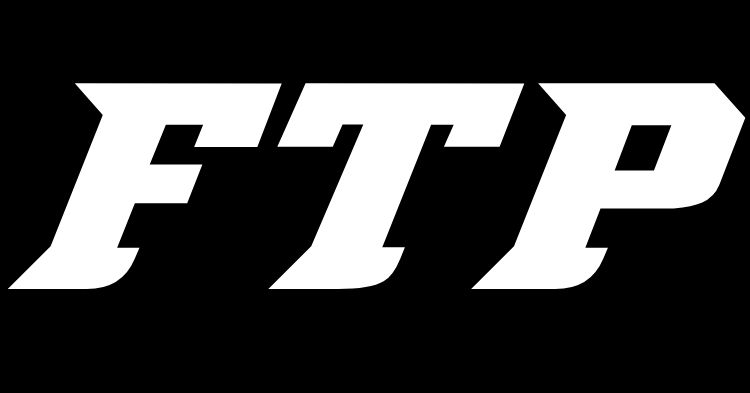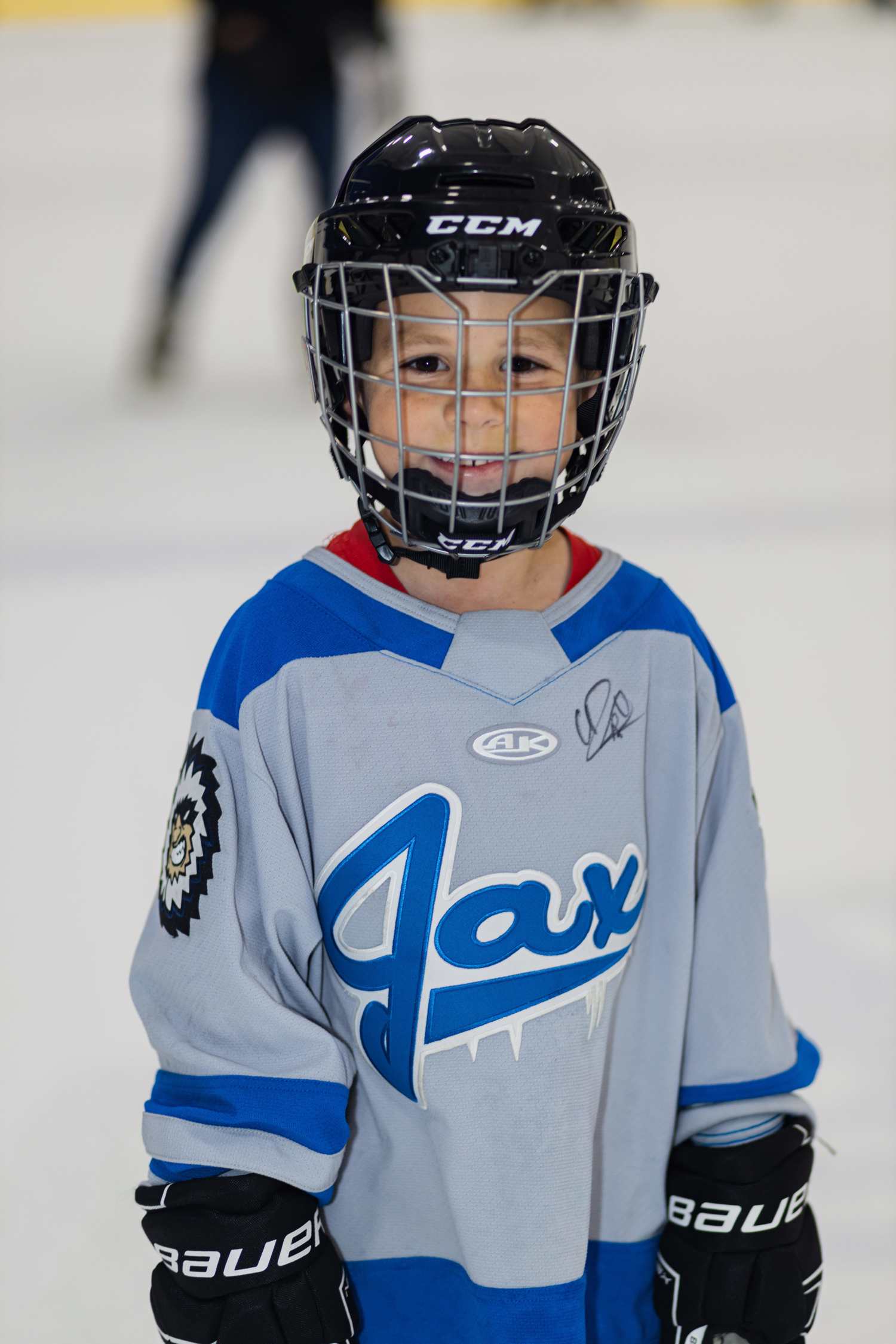Who Can and Can’t Wear a Visor in Hockey?
And Why the Rules Are Different for Each Level
Walk into any NHL game and you’ll notice most players wearing visors. But not all. Some veterans are still out there with their faces fully exposed — no visor, just a helmet and a whole lot of guts. Meanwhile, in youth and amateur hockey, you won’t find a single player without full facial protection. So what’s the deal? Who can and can’t wear a visor in hockey — and why?
Here’s a clear breakdown of the rules, the exceptions, and the reasons behind them.
Youth and High School Hockey: Full Cages Only
If you’re under 18 and playing organized hockey in the U.S. or Canada, you are required to wear a full cage or full shield — no exceptions. This is enforced by both USA Hockey and Hockey Canada. Whether you’re playing squirts, peewees, bantams or high school varsity, you’ll need a full facial protection setup.
Why?
Kids and teens are still developing physically, and safety is the top priority. A stray stick or puck can do serious damage, and requiring a full cage helps prevent facial injuries, dental issues, and eye damage.
Fun fact: A puck can travel over 90 mph in high school hockey. One to the face without protection? That’s a trip to the ER.
Youth hockey players are required to wear full facial protection.
Junior and College Hockey: Visors Are the Minimum
In junior leagues like the USHL, NAHL, and Canadian Hockey League (OHL, WHL, QMJHL), players must wear at least a half visor, also called a shield. Many still opt for full cages, especially younger players or those returning from injury.
The same rule applies in NCAA hockey — players are required to wear full cages or full shields. The NCAA is actually stricter than juniors in this sense.
Why the difference?
It comes down to league rules and liability. The NCAA doesn’t want to deal with avoidable injuries or lawsuits. Junior leagues tend to mimic the NHL’s style of play more closely, but they still require visors for safety.
Pro Hockey: Visors Required (With a Grandfather Clause)
In the NHL, all players who entered the league starting with the 2013–14 season must wear a visor. But if you were already playing in the NHL before then, you have the choice to go without one. That’s why you still see a few older players — like Ryan Reaves or Milan Lucic — skating visor-free.
This is called a “grandfather clause.”
It means players already in the league weren’t forced to adopt the new rule, but everyone coming in after must follow it.
Other pro leagues, like the AHL, ECHL, and European leagues, all require at least a visor, and many are stricter than the NHL.
-ep.jpg)
Veteran players like Ryan Reaves are grandfathered in and can still go visor-free.
Goalies: No Visors Needed, but Full Masks Required
Goalies don’t wear visors — they wear full goalie masks with steel cages or a cat-eye design. These provide full-face protection and are built to withstand high-speed pucks. A visor would be useless and dangerous for a goalie, given how many pucks come directly at their face.
Why Some Pros Still Skip Visors
The older players who choose not to wear visors say things like “better visibility,” “more comfort,” or “it’s how I grew up playing.” Others just feel it’s their choice — they’ve been playing for 15+ years without one and aren’t about to change now.
That said, the number of players going without visors is shrinking every year. As older players retire, the grandfather clause will eventually phase out, and 100% of NHL skaters will be wearing visors.
Injuries That Changed Minds
The NHL didn’t always push visors. But a few high-profile injuries changed that.
-
Marc Staal took a puck to the eye in 2013 and missed the rest of the season.
-
Bryan Berard nearly lost vision in one eye after a stick clipped him in 2000.
-
Chris Pronger suffered a career-ending eye injury in 2011.
After those incidents, pressure from players, doctors, and the NHLPA led to the visor rule in 2013.
Bottom Line
Who must wear a full cage?
Everyone under 18 and all NCAA players.
Who must wear a visor?
Every NHL player who debuted after 2013, and all players in junior, minor, and European pro leagues.
Who can go without a visor?
Only NHL players who started before 2013 — and they’re becoming rare.
Hockey is fast, intense, and full of risk.
Visors and cages aren’t about looking tough or soft — they’re about protecting players so they can keep playing. Whether you’re a 10-year-old center or a 30-year-old winger in the NHL, a little plastic and wire can save your season — or your sight.




